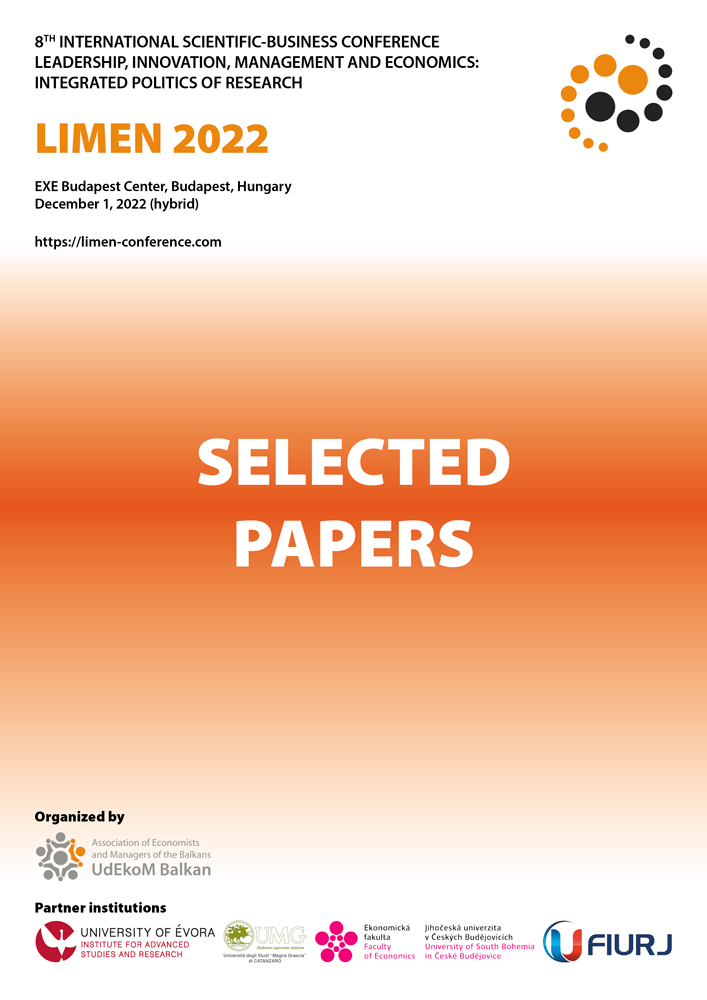A Survey on Efficiency and Profitable Trading Opportunities in the Cryptocurrency Markets: An Approach in the Context of the War of 2022
A Survey on Efficiency and Profitable Trading Opportunities in the Cryptocurrency Markets: An Approach in the Context of the War of 2022
Author(s): Rui Dias, Nicole Horta, Mariana Chambino, Paulo Alexandre, Paula Heliodoro
Subject(s): Social Sciences, Economy
Published by: Udruženje ekonomista i menadžera Balkana
Summary/Abstract: In this paper, we analyse the long memory process in the cryptocurrencies Bitcoin (BTC), Cardano (ADA), Binance Coin (BNB), Dogecoin (DOGE), Ethereum (ETH) and Ripple (XRP) from January 1st, 2018, to November 10th, 2022, which includes the 2020 and 2022 events. The results demonstrate that the daily returns are leptokurtic, and the distributions arennon-Gaussian. We also observe non-linearity, implying autocorrelation or conditional heteroscedasticity in digital currencies. The DFA exponents reveal that throughout the Tranquil period, digital currencies with current values higher than 0.5 exhibited long memory in their returns. The BNB digital currency has an exponent of 0.5, indicating that the series were unpredictable throughout this period. As can be shown, all cryptocurrencies offer values of the DFA exponent greater than 0.5 in the Stress subperiod, implying that the higher the DFA exponent and closer to 1, the higher the persistence, as well as the autocorrelation between observations and stronger predictive ability. The findings support the evidence examined by the BDS test, namely that price movements are not i.i.d. (independent and identically distributed) and that investors have a high possibility of achieving above-average returns through arbitrage.
- Page Range: 19-30
- Page Count: 12
- Publication Year: 2022
- Language: English
- Content File-PDF

